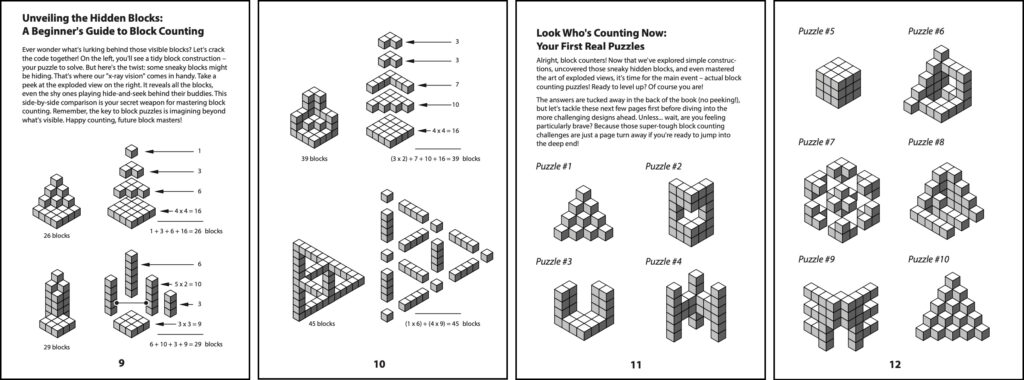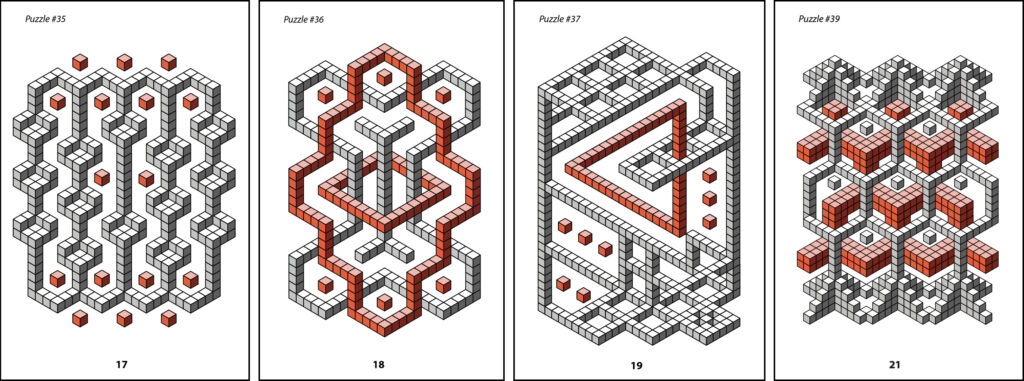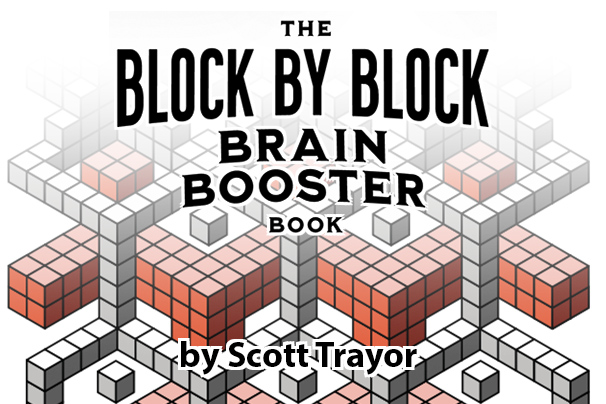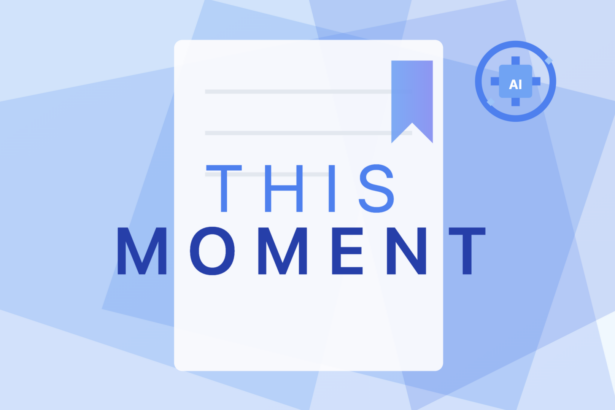What the spatial… why?!
My interest, and hopefully soon to be yours too, is spatial learning. What’s that, you ask? Well, spatial learning is a foundational skill necessary for STEM success. While there are four different spatial learning areas, the one that matters most in terms of STEM success is the ability to mentally rotate objects in your mind. Try this: pick any object in your environment right now. Can you manipulate it in your mind to see what it looks like from below? From above? Can you spin it around 180 degrees to see its opposite side? That’s mental rotation in action, and it’s not just foundational for STEM success – it’s absolutely critical for succeeding in any STEM career.
I’m a spatial research nerd, and know the literature well. The difficult thing for me is knowing that almost all educators don’t know the importance of spatial skills, or what to look for, or how to teach it in a classroom environment. While I could go on and on about the research, I prefer to create simple and accessible spatial exercises for teens that can help grow their spatial skills. Why teens? Well, spatial skills can be learned at any age. The challenge is spatial skills need to be learned before graduating high school, or even before entering high school. Why? Because learning it at that time gives students options and helps increase interest in STEM careers. Learning this in college will not help you as much as learning it in earlier grades.
Most people (educators, administrators, college admissions experts) think that having high mathematics and verbal reasoning skills is the key to success in getting into a college to study a STEM-related career. That’s BS. While math and verbal reasoning skills are important in life, the key to success in STEM is spatial understanding, which can be boiled down to just one simple skill… mental rotations.
So, I decided to write a spatial learning book for my PCE project. Call me crazy, but I went against the grain – mine was one of a few non-digital projects in the class. And you know what? I’m happy I took the path less traveled. Now at the end of the semester, I have a real, tangible thing! This book is all about block counting, which helps build attention to detail, pattern recognition, deductive reasoning, and volumetric measurement – all important concepts in growing one’s spatial abilities.
Wait… I’m still confused, what does such a thing look like?
Let me pull a few sample pages from my book. Here’s some of the introductory block counting images I have created.

And these are just the warm up pages. This leads to really complex block counting puzzles, like these:

Briefly, tell me about your design journey (Don’t go crazy)
When I started PCE, I knew I wanted to create a learning product that would help people improve their spatial skills. (Don’t let your dreams be dreams!) I had many ideas from reading mountains of spatial research, but the only project I thought I could realistically complete in a semester was block counting. (Sure, 2D net folding into 3D cubes, die comparisons, and other mental rotation activities would be more fitting for spatial learning, but I digress.)
So I dove into creating block counting puzzles. But not just any puzzles – I’m talking really challenging, enormous block counting challenges. (That beauty on page 18 above? That was my first creation!) It felt awesome to make, and I received some positive feedback early in PCE, but then I discovered something: a whole lot of people weren’t ready for such advanced puzzles.
That’s when I started working backwards, creating scaffolded versions of block constructions to help users grow their spatial skills bit by bit (or more appropriately Block by Block, as in the title of this book), instead of throwing them into the deep end right away. This process took most of the semester – reverse-engineering how a learner could take smaller steps in their journey to become a master block counter. Time-consuming? You bet. But looking at all those stepping-stone pages in the first four-fifths of this book, it was totally worth it. Everything makes so much more sense now.
My hope is that these scaffolded pages will help many more people level up their block counting prowess, and maybe even savor those really hard puzzles at the end, just like a Sunday New York Times crossword puzzle. Actually, scratch that – skip the crossword and spend your Sunday morning with one of my expert block counting puzzles!
Okay, why a book? Why not an app?
Funny you should ask that. I probably would have built an app too. The problem is, I’ve built many apps – including spatial learning apps. Here’s the reality: unless you have a ton of money to promote your app, no one will use it. I don’t care how awesome you think your app is, once you publish on the app store, without financial support, it’s crickets. (chirp chirp) Wait, what was that? (chirp chirp) That’s exactly what apps sound like in the app store.
Trust me, I know – I’ve been there, done that, and helped multiple companies build apps. Want to know who makes money in the app store? Apple, and the top three apps in any category. If you’re the fourth app on that best-selling list, you’re breaking even. Beyond that you’re losing money. Oh, and let’s not forget the joys of updating your app for all those OS and mobile device changes over time. That ain’t cheap.
So, pursuing the book angle is cheaper and easier comparatively in the long run. Don’t believe me? Go ahead and make and publish an app. I dare you.
My long term plan is to find a publisher to make and promote my book, and I hope many more books beyond that, books that wind up in the hands of teens, and teachers that teach teens. Publishing a single book, or a handful of books won’t make you much money either, but it will stick around in someone’s hands a lot longer than any app. (I’m looking long term, like decades.)
Okay, I’ll get off my soapbox now. Make an app if you would like. I’m happy to help advise you how to make and promote one if you are determined to do so. For me, I’m going to try the book route for a while. Thank you for reading!
Scott Traylor (he/him)
Harvard Graduate School of Education, Ed.M. candidate, 2024 – 2025
Learning Design, Innovation, and Technology program
Scott (at) 360KID (dot) com
LinkedIn • Muck Rack



